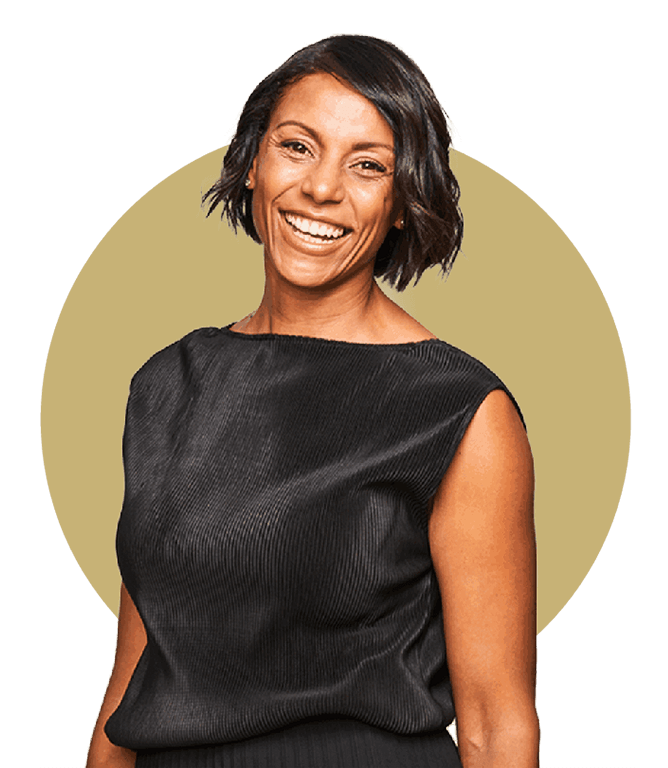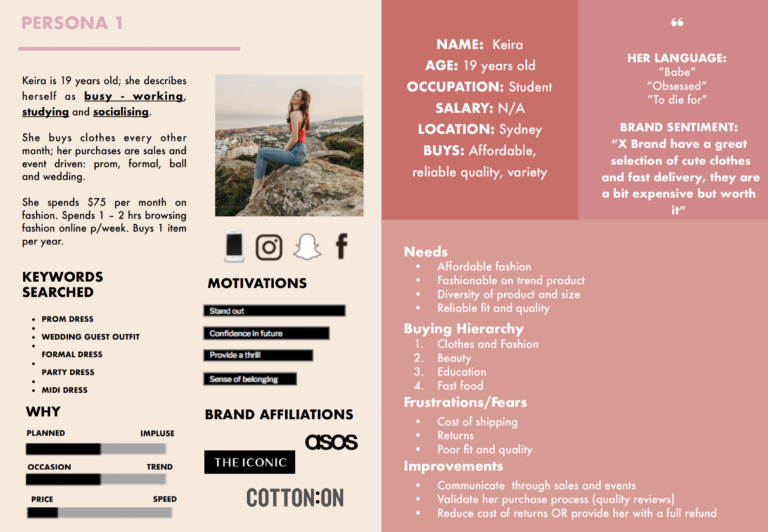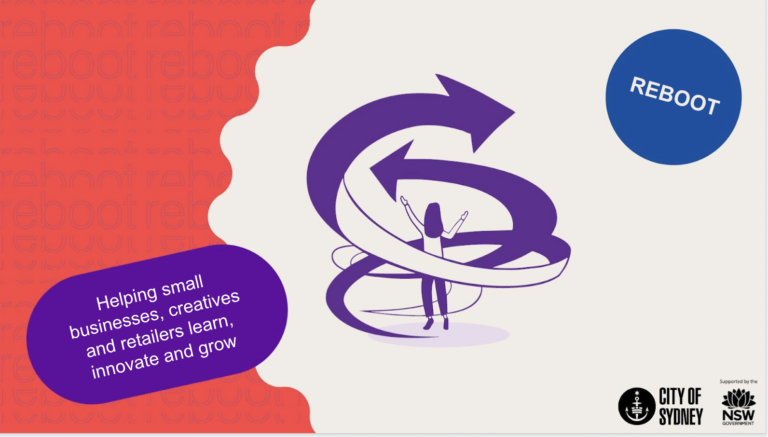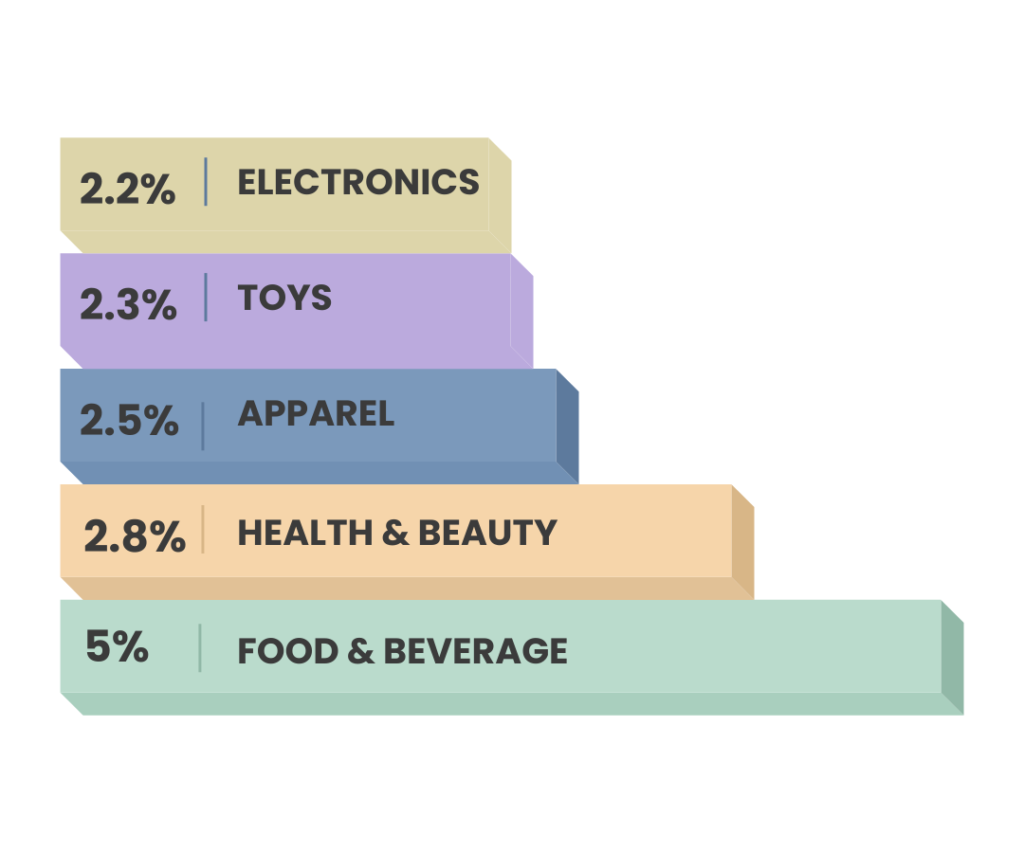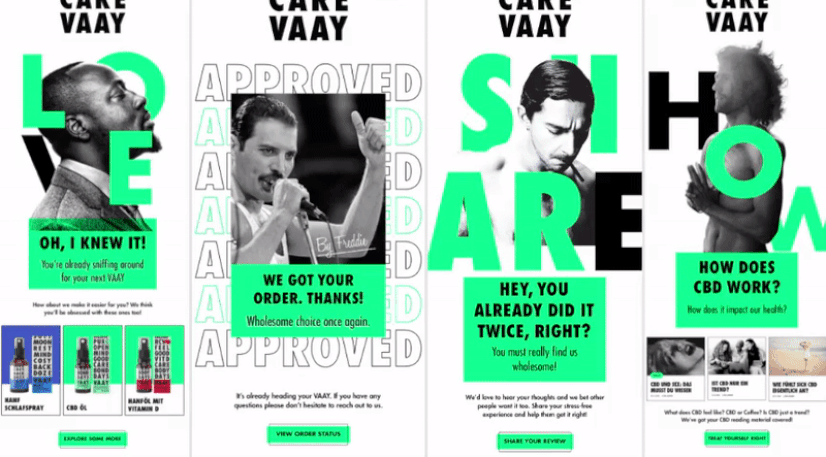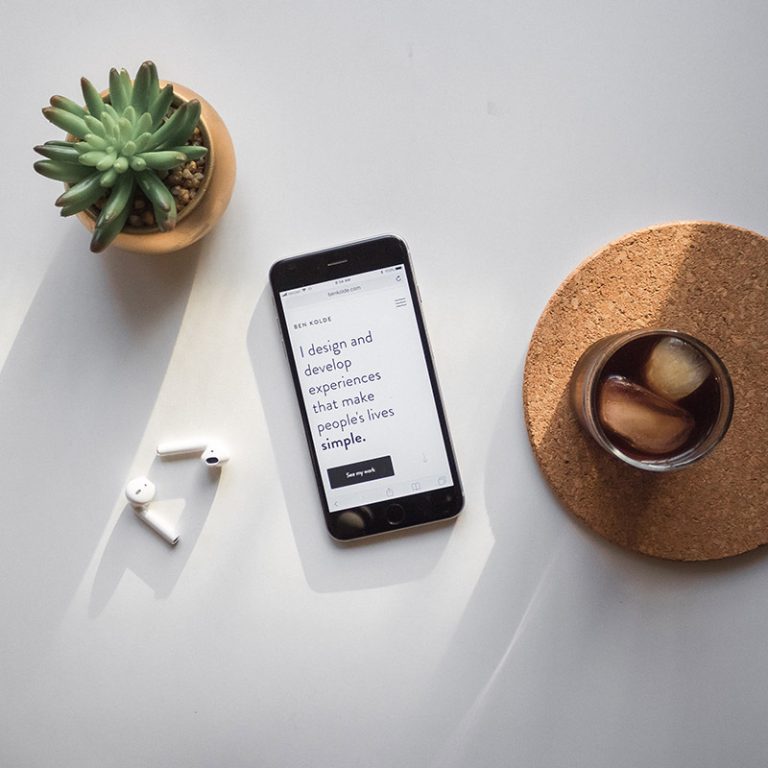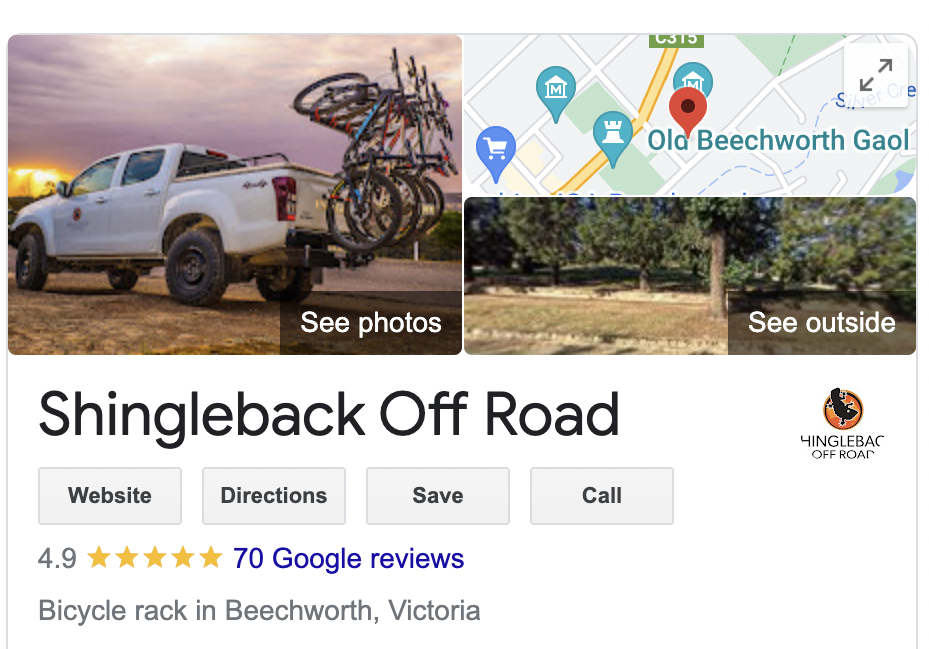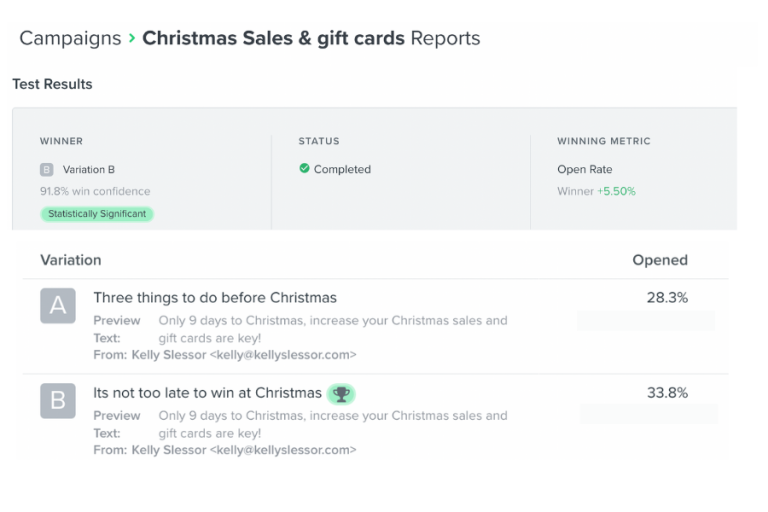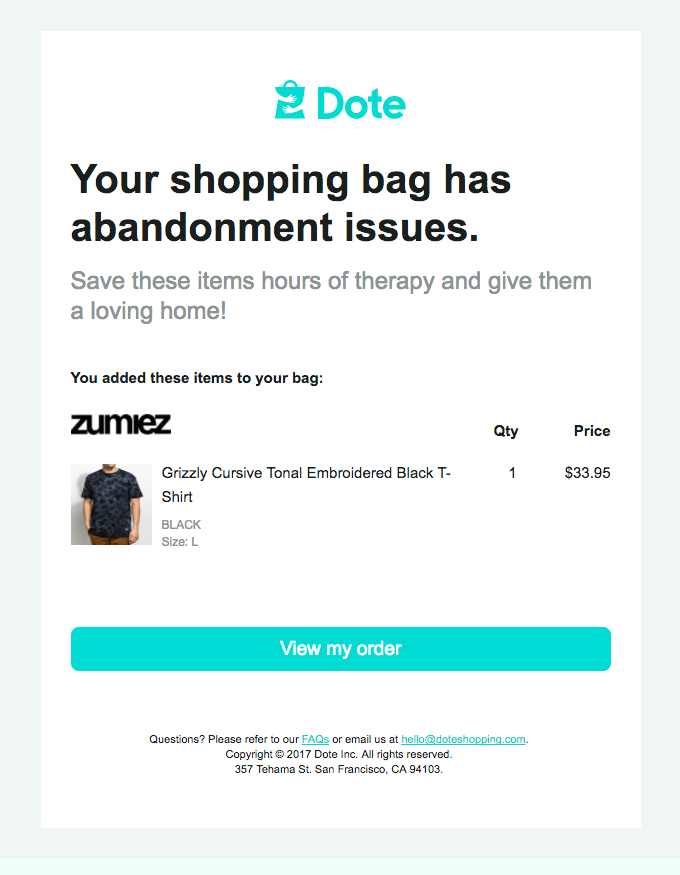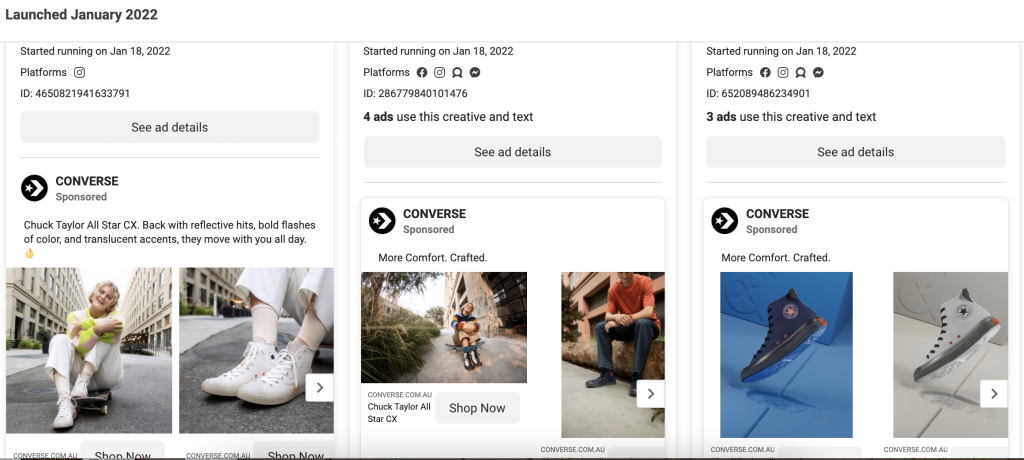auDA (the organisation that manages domain names in Australia) recently launched .au. If for instance, your website is kellyslessor.com.au, you can now register for www.kellyslessor.au
According to auDA, the benefits include shorter, simpler more memorable domain names. Of course, there is also an opportunity to make more money!
Businesses must register their domain before the 20th of September after that, it’s a free for all, which means anyone can buy your .au domain name.
This potentially opens your business up to some huge risks; anyone can purchase your domain name and begin stealing traffic, impersonating your site, or demanding dollars. It’s impossible to determine how likely these are, but the unknown is enough for me to advise action…..The risks to your business include:
- Losing traffic and sales
- Being charged at a higher rate by someone who purchased your .au domain name before you.
- Fraud

Count down to the 20th of September…
Days
Hours
Minutes
Seconds
How to purchase your .au domain nameTo purchase your .au domain name, go to your hosting provider, such as GoDaddy or whoever you use. It costs roughly $12 per year. After purchasing your .au, you can either:
If you need any help/have any questions, just shout. |
BIO
Kelly Slessor, is an Ecommerce Coach and a digital marketing expert. Passionate about retail, hospitality and retail service providers. As the founder and CEO of Shop You, an AI powered personalised virtual shopping mall she has spent 20 years building retail technology that responds to customer needs, drives conversions and increases revenue. Over the past year she has worked with over 1000 retailers and hospitality providers. If you want discover more about digital growth and optimisation, work with me.
